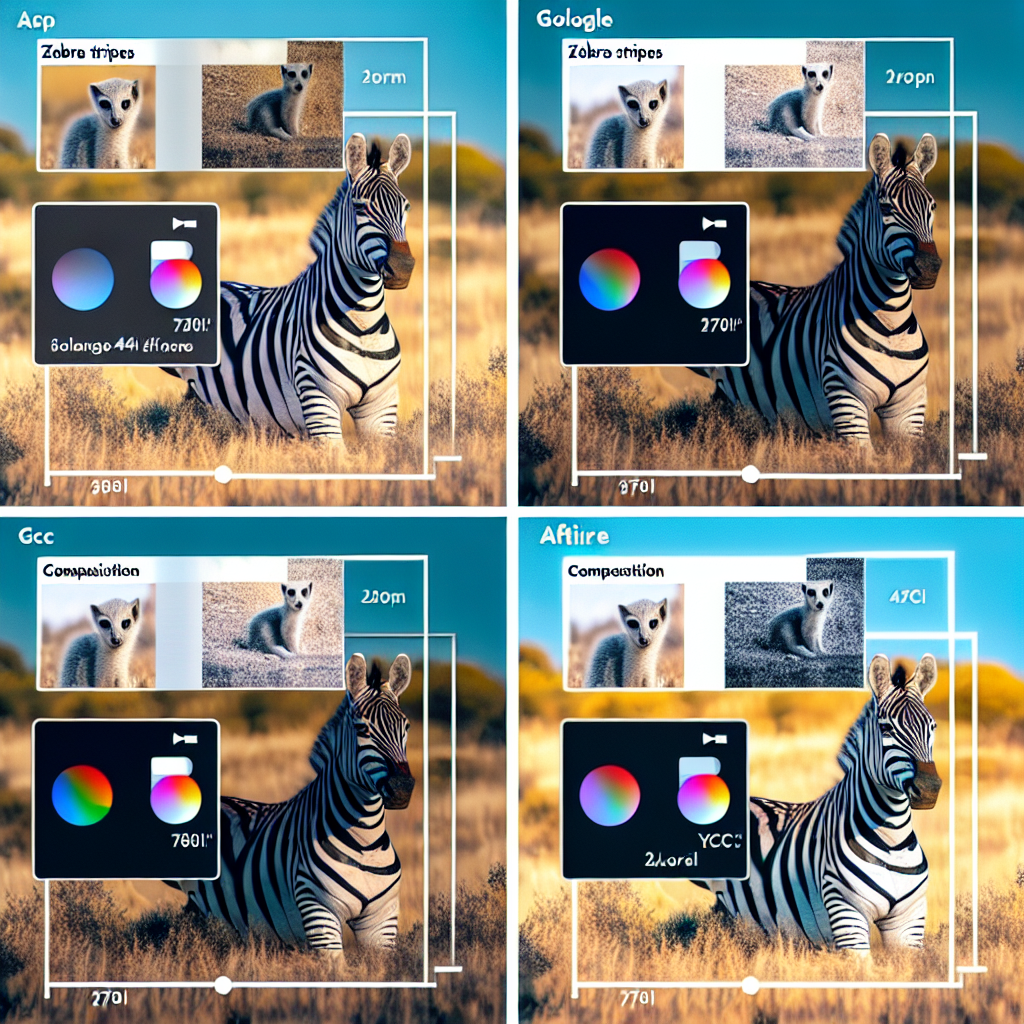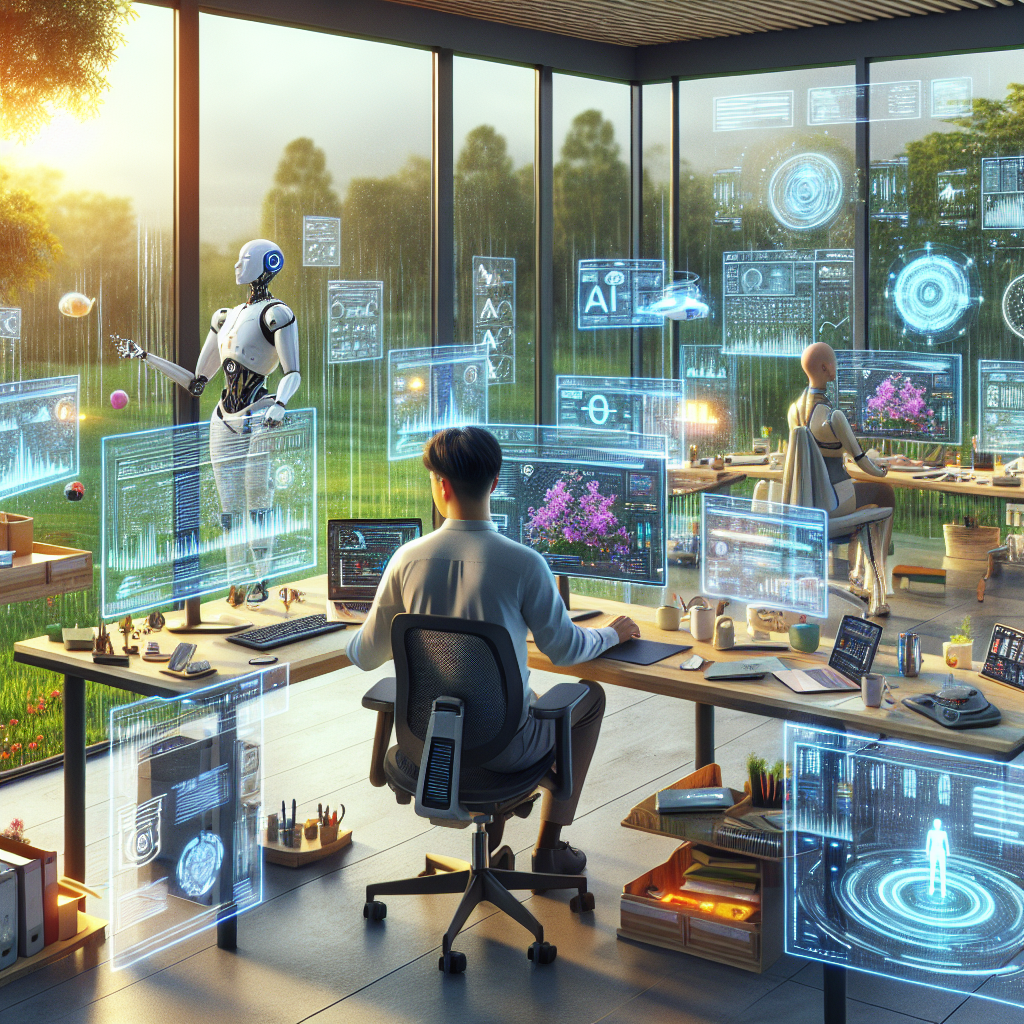-
Table of Contents
ChatGPT and Google AI: A Comparative Analysis in Four Forms

Artificial Intelligence (AI) has revolutionized the way we interact with technology, and two of the most prominent players in this space are OpenAI’s ChatGPT and Google’s AI systems, including Bard and other language models. These AI tools are reshaping industries, enhancing productivity, and transforming user experiences. While both are built on advanced machine learning architectures, they differ significantly in their design, capabilities, and applications. This article explores the comparative differences between ChatGPT and Google AI in four distinct forms: architecture and training, performance and accuracy, user experience and accessibility, and real-world applications.
1. Architecture and Training
Foundational Models and Design Philosophy
At the core of any AI system lies its architecture and training methodology. ChatGPT and Google AI are both based on large language models (LLMs), but they are developed with different design philosophies and training datasets.
- ChatGPT: Developed by OpenAI, ChatGPT is based on the GPT (Generative Pre-trained Transformer) architecture. The latest version, GPT-4, is a multimodal model capable of processing both text and image inputs. It is trained on a diverse dataset comprising books, websites, and other publicly available text sources. OpenAI emphasizes safety, alignment, and reinforcement learning from human feedback (RLHF) in its training process.
- Google AI (Bard and PaLM): Google’s Bard is powered by the PaLM (Pathways Language Model) architecture. PaLM is designed to scale efficiently across multiple tasks and modalities. Google’s training data includes a broader range of internet content, and the model is fine-tuned using techniques like instruction tuning and few-shot learning.
While both models use transformer-based architectures, OpenAI’s GPT-4 is known for its conversational depth, whereas Google’s PaLM emphasizes versatility and integration with Google’s ecosystem.
Training Data and Ethical Considerations
Both companies have taken steps to ensure ethical AI development, but their approaches differ:
- OpenAI: Implements strict data curation and moderation policies. It also uses RLHF to align the model’s behavior with human values.
- Google: Focuses on responsible AI principles, including fairness, interpretability, and privacy. Google’s AI ethics board plays a role in guiding development.
These differences in training and ethical frameworks influence how each AI system responds to queries and handles sensitive topics.
2. Performance and Accuracy
Benchmark Comparisons
Performance is a critical metric for evaluating AI systems. Several benchmarks and studies have compared ChatGPT and Google AI on various tasks such as language understanding, summarization, translation, and reasoning.
- ChatGPT: In a 2023 Stanford study, GPT-4 outperformed other models in tasks requiring logical reasoning and contextual understanding. It scored higher on the MMLU (Massive Multitask Language Understanding) benchmark, indicating superior general knowledge and reasoning capabilities.
- Google AI: PaLM-2, the model behind Bard, excels in multilingual tasks and code generation. According to Google’s internal benchmarks, PaLM-2 outperforms GPT-3.5 in translation and programming tasks but slightly lags behind GPT-4 in nuanced reasoning.
These results suggest that while ChatGPT may have an edge in general-purpose reasoning, Google AI is highly competitive in specialized domains.
Real-Time Responsiveness and Updates
Another aspect of performance is how frequently the models are updated and how they handle real-time information:
- ChatGPT: As of 2024, ChatGPT with web browsing capabilities (available in ChatGPT Plus) can access real-time data. However, its base model is trained on data up to a certain cutoff date.
- Google AI: Bard is integrated with Google Search, allowing it to pull in real-time information more seamlessly. This makes it particularly useful for current events and dynamic queries.
In terms of real-time accuracy, Google AI has a slight advantage due to its integration with live search data.
3. User Experience and Accessibility
Interface and Integration
User experience plays a vital role in the adoption of AI tools. Both ChatGPT and Google AI offer intuitive interfaces, but their integration into existing ecosystems differs.
- ChatGPT: Available via web app, mobile apps, and API. It offers a clean, chat-based interface and supports plugins for extended functionality. OpenAI has also integrated ChatGPT into Microsoft products like Word and Excel through Copilot.
- Google AI: Bard is accessible through a web interface and is deeply integrated with Google Workspace tools like Docs, Gmail, and Sheets. This makes it highly convenient for users already embedded in the Google ecosystem.
While ChatGPT offers more customization through plugins and APIs, Google AI provides seamless integration for productivity tasks.
Accessibility and Cost
Cost and accessibility are important considerations for users and developers:
- ChatGPT: Offers a free tier with GPT-3.5 and a paid Plus plan ($20/month) for access to GPT-4. API usage is priced based on tokens consumed.
- Google AI: Bard is currently free to use, though enterprise-level integrations may incur costs. Google Cloud also offers access to PaLM models via Vertex AI.
For casual users, Google AI may be more accessible due to its free availability, while ChatGPT offers more advanced features at a cost.
4. Real-World Applications
Use Cases Across Industries
Both ChatGPT and Google AI are being adopted across various sectors, including education, healthcare, customer service, and software development.
- ChatGPT:
- Education: Used for tutoring, essay writing assistance, and language learning.
- Healthcare: Assists in patient communication and medical documentation.
- Customer Service: Powers chatbots and virtual assistants for businesses.
- Google AI:
- Search Enhancement: Improves search results with


